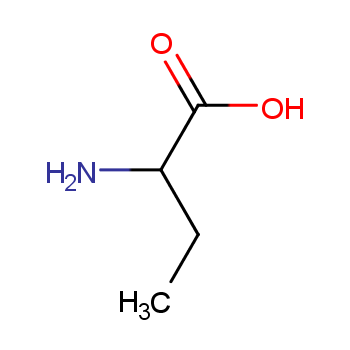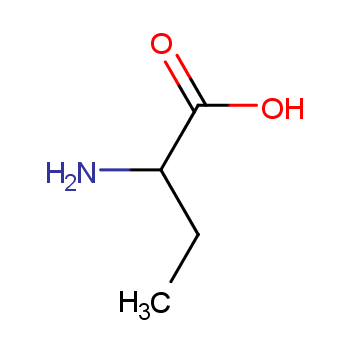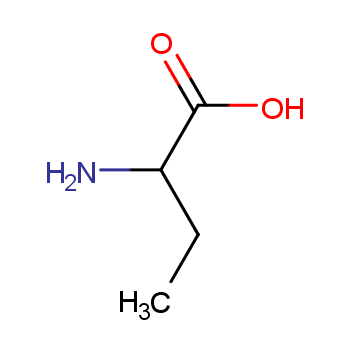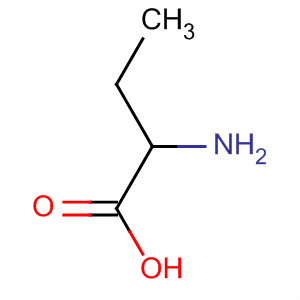DL-2-Aminobutyric acid (CAS 80-60-4) is a white crystalline powder that is commonly used in various fields. Its basic structure consists of an amino group (-NH2) attached to a butyric acid molecule. This chemical is soluble in water and has a melting point of approximately 200-205°C. It is also known to be stable under normal conditions.
Applicable Fields
Pharmaceutical Industry: DL-2-Aminobutyric acid is used in the pharmaceutical industry as a building block for the synthesis of various compounds. Its mechanism of action involves participating in biochemical reactions and serving as a precursor for the production of neurotransmitters.
Storage Conditions
Store in a cool, dry place.

 EN
EN





